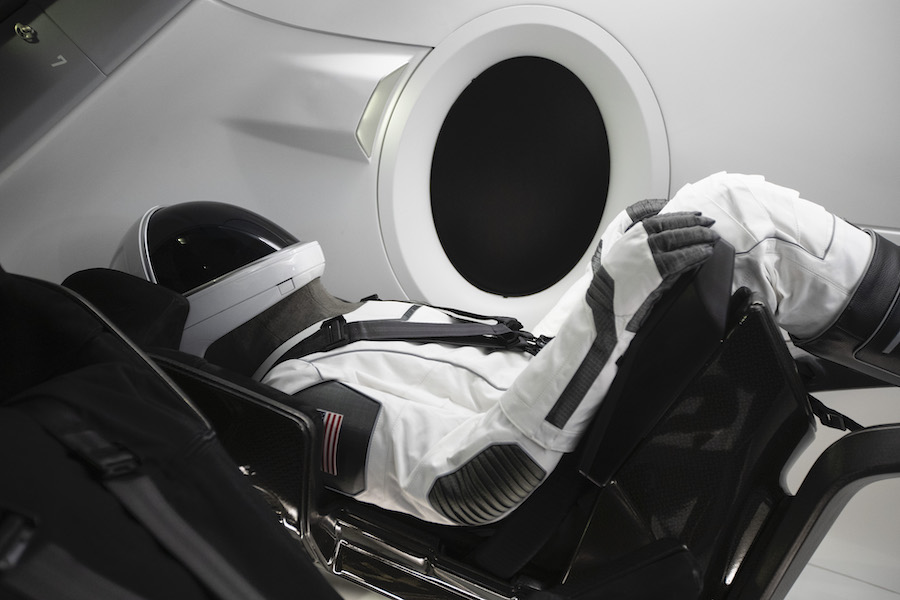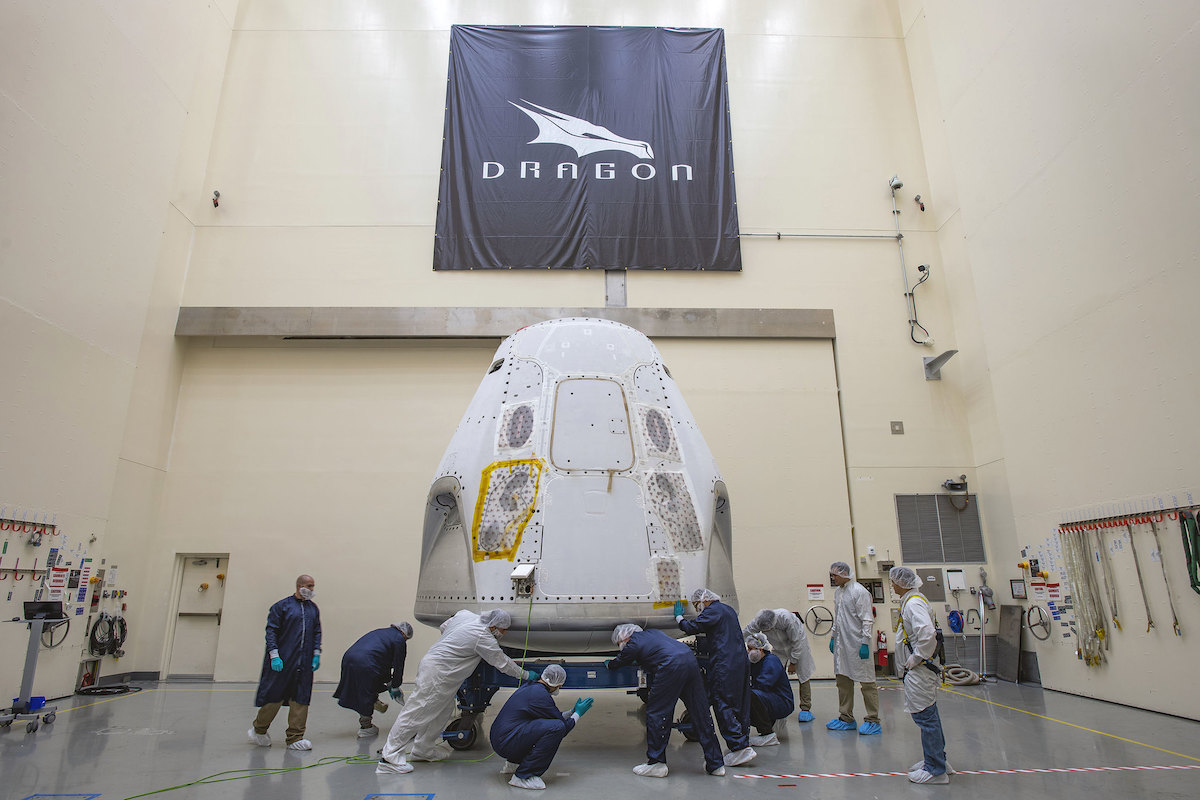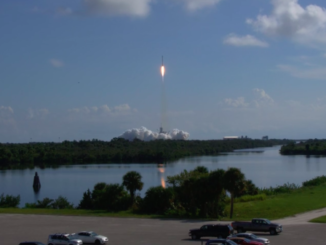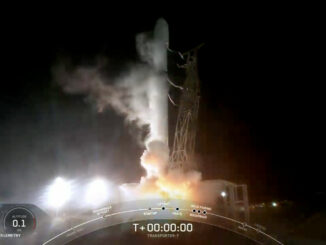
Building on development for NASA’s commercial crew program, Space Adventures announced an agreement Tuesday with SpaceX to fly up to four paying space tourists on a standalone mission aboard a Crew Dragon spacecraft in late 2021 or 2022 that could reach an altitude two-to-three times higher than the International Space Station.
The mission would not dock with the space station, but would instead fly into an orbit above the station’s altitude of about 260 miles (420 kilometers) above Earth, according to Space Adventures, the Virginia-based company that arranged flights of seven wealthy space tourists on Russian Soyuz capsules between 2001 and 2009.
“This historic mission will forge a path to making spaceflight possible for all people who dream of it, and we are pleased to work with the Space Adventures’ team on the mission,” said Gwynne Shotwell, SpaceX’s president and chief operating officer, in a statement.
According to a Space Adventures promotional video on YouTube, the free-flyer mission would last up to five days after launching between late 2021 and mid-2022 from Cape Canaveral. The passengers would undergo a training period of a few weeks in the United States, the company said.
Space Adventures did say whether the passengers would be accompanied by a professional astronaut. The company described the Crew Dragon as fully autonomous, and SpaceX has said the capsule is currently capable of flying with only four passengers, assuming no major modifications.
Eric Anderson, chairman of Space Adventures, suggested on Twitter that the price per seat could be less than $50 million.
Responding to a question on Twitter about a possible price tag of $52 million per seat, Anderson tweeted: “Per seat price for a full group of four not quite that much (not dramatically less, but significant enough to note). Definitive pricing confidential, and dependent on client specific requests, etc.”
Anderson tweeted that the training regimen for the Crew Dragon flight will be “significantly less than the few months required for previous missions or ISS missions.”
“Dragon in this profile allows up to 5 days,” Anderson tweeted. “3 days is probably ideal, 40-50 orbits or so.”
Anderson said the Crew Dragon could fly two or three times higher than the space station, reaching altitudes where humans have not flown since the Gemini and Apollo missions of the 1960s and early 1970s.
“Since its maiden mission in 2010, no engineering achievement has consistently impressed the industry more than the Dragon/Falcon 9 reusable system,” Anderson said in a statement. “Honoring our combined histories, this Dragon mission will be a special experience and a once in a lifetime opportunity — capable of reaching twice the altitude of any prior civilian astronaut mission or space station visitor.”
Anderson tweeted that Space Adventures is in discussions with several potential customers. But the company does not expect any firm commitments from paying passengers until the Crew Dragon takes off for astronauts for the first time.
“It’s a new concept, as ppl (people) become more familiar and educated, more qualified candidates will emerge,” he tweeted. “Firm commitments likelier after first crew launch in a couple months.”
Space Adventures booked the ride of Dennis Tito, the first private space tourist to fly to the space station, in 2001 for roughly $20 million. The company has arranged trips to orbit for seven individuals on eight flights. One of the passengers launched on two missions to the space station.

Developed in a public-private partnership with NASA, SpaceX’s Crew Dragon spacecraft is one of two commercial crew taxis designed to ferry astronauts to and from the International Space Station. Boeing’s CST-100 Starliner vehicle is the other human-rated spacecraft, and Space Adventures announced an agreement with Boeing in 2010 to eventually fly space tourists on Starliner flights.
The Boeing and SpaceX crew ships can also perform other missions in low Earth orbit, serving customers beyond NASA.
The Crew Dragon is expected to be the first commercial ship to carry astronauts into orbit. A test flight with two NASA astronaut on-board could take off from the Kennedy Space Center in Florida as soon as May 7 and dock with the space station hours later, marking the first spaceflight into orbit from U.S. soil since the retirement of the space shuttle in 2011.
Setbacks in Boeing’s Starliner program, including multiple software errors on an unpiloted test flight in December, have delayed that company’s first human spaceflight. A schedule for the first piloted Starliner demonstration mission is uncertain as Boeing and NASA engineers investigate the software bugs.
NASA’s inspector general reported in November that the agency is estimated to pay around $55 million per round-trip seat on a Crew Dragon spacecraft to the space station. For comparison, a seat on Boeing’s Starliner was estimated to cost around $90 million, and NASA has paid more than $80 million per round-trip ticket on Russian Soyuz capsules.
NASA will stop paying Russia for Soyuz seats once the commercial crew capsules are declared operational, a milestone that will come after the initial piloted test flights. At that point, Russia’s space agency and NASA will begin operating under a new barter arrangement, where Russian astronauts ride on U.S. vehicles and U.S. astronauts fly on Soyuz capsules, with no exchange of money.
Email the author.
Follow Stephen Clark on Twitter: @StephenClark1.



